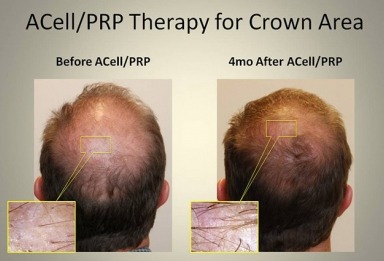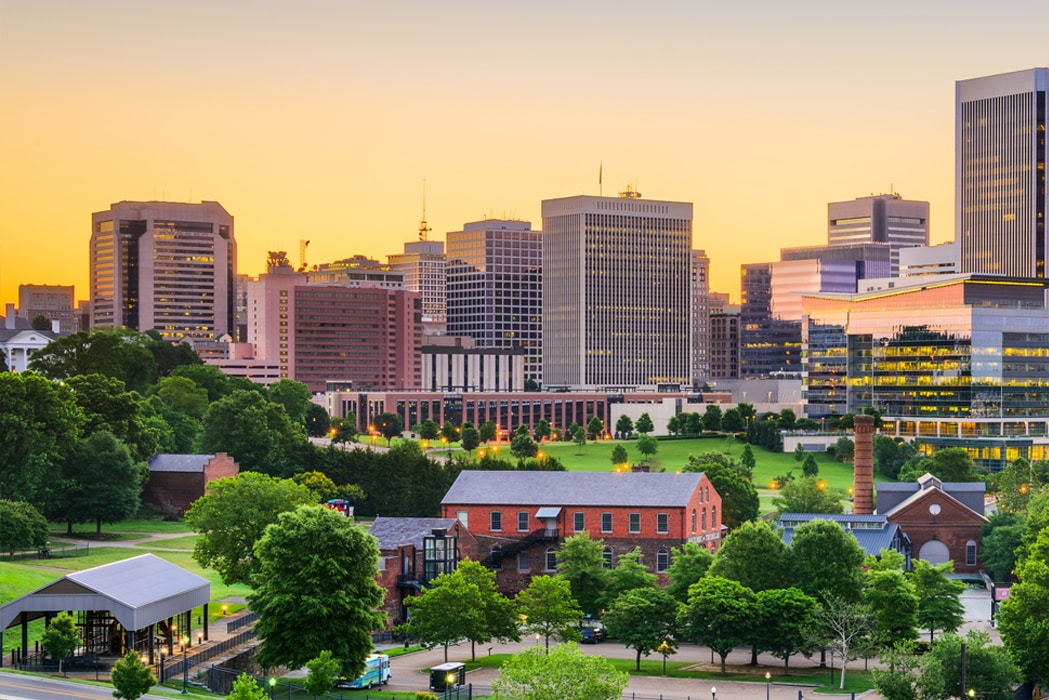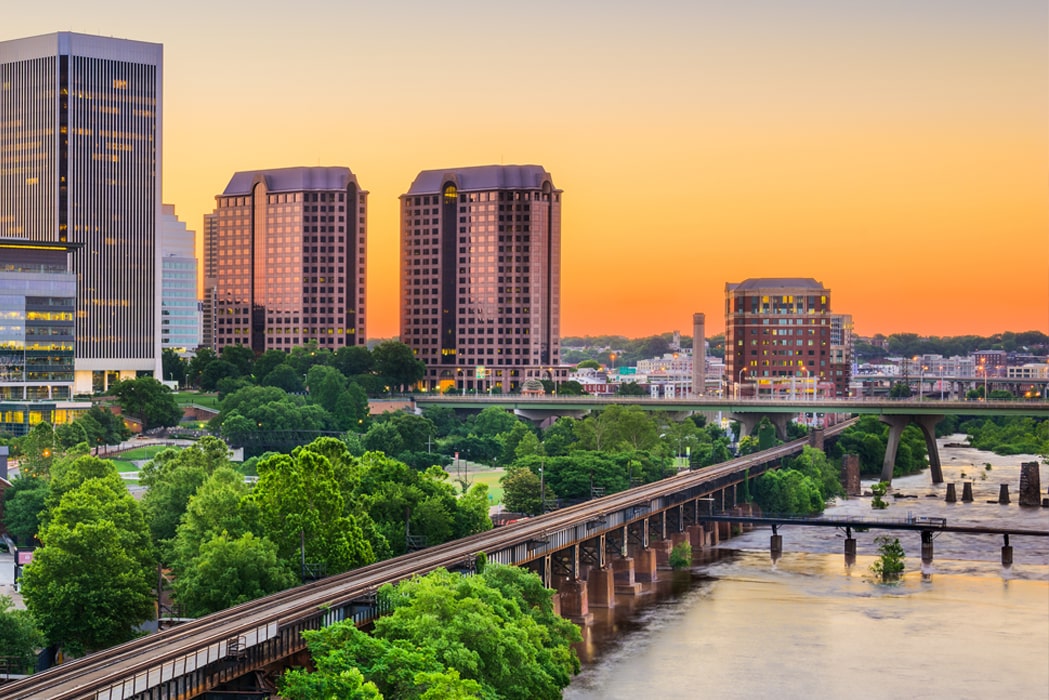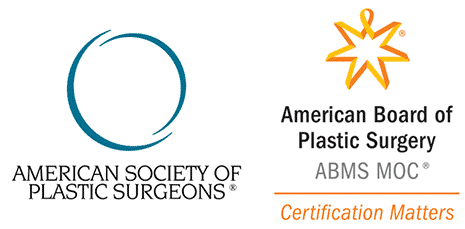NEXT GENERATION HAIR RESTORATION: PLATELET RICH PLASMA (PRP) THERAPY
 More than 75% of men will notice some hair loss by age 50 as a result of the genetic condition androgenetic alopecia (androgenic alopecia, male pattern baldness), which can be aggravated by illness, stress, and certain medications. The term used to describe the progressive thinning of hair is “miniaturization,” which is one of the most troublesome symptoms of androgenic alopecia. Miniaturization is said to occur when hair follicles begin to produce thinner, shorter, and more brittle hairs with weaker shafts, and is a condition that can significantly exacerbate the appearance of hair loss.
More than 75% of men will notice some hair loss by age 50 as a result of the genetic condition androgenetic alopecia (androgenic alopecia, male pattern baldness), which can be aggravated by illness, stress, and certain medications. The term used to describe the progressive thinning of hair is “miniaturization,” which is one of the most troublesome symptoms of androgenic alopecia. Miniaturization is said to occur when hair follicles begin to produce thinner, shorter, and more brittle hairs with weaker shafts, and is a condition that can significantly exacerbate the appearance of hair loss.
PRP, PLATELET-RICH PLASMA AS SEEN ON ABC NEWS:
While it is typically thought of as a cosmetic concern for men, hair loss and thinning hair is a problem that affects more than 21 million American women as well. The aesthetic consequences of this pervasive, gender-blind cosmetic issue can take a significant toll on one’s self-esteem and confidence levels. In the past, patients suffering from hair loss were presented with two solutions: invasive hair transplantation surgery or ineffective topical treatments. However, thanks to recent advances in the field of hair restoration, there is now a promising non-surgical option to promote natural hair growth in patients who present with miniaturization and pattern baldness: platelet rich plasma (PRP) therapy. PRP therapy is not a hair transplantation procedure. Instead, it is a non-surgical, minimally-invasive hair regeneration technique that involves the stimulation of dormant or injured hair follicles to facilitate the natural regrowth of your hair.
Unlike alternative hair restoration procedures, PRP therapy does not require the relocation of hair follicles on the scalp, but rather focuses on the rejuvenation of follicles already in place. Although PRP therapy can be performed on its own, it can also be employed as a complementary service for patients undergoing hair restoration surgery (i.e. FUE, follicular unit transplantation—FUT) and has been shown to maximize hair regrowth and improve the overall success rates of more traditional hair restoration techniques.
Whether you are looking for additional hair stimulation, or would like to utilize PRP therapy as a supplement to your Automated Follicular Unit Extraction hair restoration procedure, the Virginia-based Modern Body Contouring and Laser Center (MBody) is able to meet your needs. Board certified (ABPS) plastic surgeons Dr. Burton Sundin and Dr. Reps Sundin understand the demoralizing impact hair loss can have for both men and women, and are pleased to offer PRP therapy as a non-invasive hair restoration option that can be undertaken as a solo procedure or in conjunction with Automated Follicular Unit Extraction.
WHAT IS PLATELET RICH PLASMA (PRP)?
Our blood is composed of white blood cells, red blood cells, and platelets, all of which are transported throughout the body via the blood’s liquid component (plasma). When we sustain an injury, our body’s first response is to deliver platelet cells to the injury site, because platelets contain high levels of growth factors, which are healing components that support the body’s reparative and healing processes.
In its natural, unaltered state, only 10% of our blood plasma is comprised of platelet cells. During PRP therapy, the patient’s own blood is structurally modified to increase the concentration of platelets in the plasma. The newly modified plasma is made up of 90% platelets, and is therefore “platelet rich” and ready to be injected into the scalp, where its natural wound healing properties facilitate the regeneration of damaged hair follicles and improve the appearance of thinning hair.
HOW DOES PRP HAIR RESTORATION WORK?
Platelet cells are comprised of high concentrations of key growth factors that are integral to the body’s healing and reparative processes, such as:
- Epidermal Growth Factor (EGF): promotes collagen and blood vessel formation, stimulates cell growth and differentiation
- Vascular Endothelial Growth Factor (VEGF): promotes formation of healthy blood vessels
- Fibroblast Growth Factor-2 (FGF-2): promotes specialized cell growth and blood vessel formation
- Insulin-like Growth Factor (IGF): stimulates cell growth/regeneration and helps to keep all cells functioning at an optimal level
- Platelet-Derived Growth Factor (PDGF): stimulates cell regeneration, skin cell formation, and blood vessel growth
- Transforming Growth-Factor-Beta (TGF-b): promotes structural integrity of the intra-cell matrix and healthy bone metabolism
Although this is a relatively new technology, early studies have demonstrated that by harnessing the power of the aforementioned growth factors and channeling their innate wound healing properties, PRP therapy can restore many hair follicles back to full or near-full productivity. In doing so, patients can start to reverse the effects of thinning/receding hair and gradually develop a fuller, thicker, healthier head of hair without having to undergo invasive hair transplantation surgery.*
YOUR PRP HAIR RESTORATION EXPERIENCE
Hair restoration with PRP therapy is a very simple procedure that can be performed on an outpatient basis without requiring general anesthesia or any post-treatment downtime.
- We will draw your blood using standard techniques (similar to routine blood testing you would undergo with your primary care physician)
- The blood will be spun in a centrifuge to separate the platelets from the rest of the plasma components.
- After centrifugation, platelet activators and other vital growth proteins (i.e. thrombin, calcium chloride, and collagen) may be added and the liquid components will separate from the solids (the solid component is the PRP)
- After applying a topical anesthetic, a micro-needling roller device will be used to stimulate the dermis of the scalp. This will create micro-injuries to the surface of the scalp to trigger the body’s wound-healing mechanism and prepare the body for the PRP
- The PRP is reintroduced into the scalp through injections and/or topical application
Visible improvements in hair growth and thickness will become apparent within the first 2-6 months–your PRP injections may be scheduled at periodic intervals every 3-9 months in order to maintain optimal hair follicle stimulation and growth.*
Some patients benefit from utilizing topical hair restoration medications (i.e. Rogaine, Propecia) in conjunction with PRP therapy, as these topical treatments can boost the effects of the cell hair restoration process. The efficacy of your PRP injections can also be enhanced with ACell’s MatriStem (ACell)–a biomatrix that repairs and remodels damaged tissue. ACell + PRP treatments have proven to be more effective than PRP injections alone, and this combination treatment is appropriate as a preventive or corrective hair restoration solution for both men and women suffering from hair loss/thinning hair.
PRP therapy for hair restoration can be performed as a solo procedure, pre-operatively, intra-operatively, or post-operatively; however, this form of treatment is not appropriate for use on areas of the scalp where follicles are completely absent or already dead.
*Individual results vary. Results not guaranteed.
CONTACT MODERN BODY CONTOURING AND LASER CENTER (MBODY)
At MBody Contouring and Laser Center, with office locations in Richmond and Tysons Corner, VA, our valued patients know they will receive patient care in a serene, tranquil treatment environment. Your MBody experience will provide you with a much-needed respite from the chaotic pace of everyday life—and will be your time to take care of yourself and emerge rejuvenated, refreshed, and looking your very best!
If you are concerned about hair loss and would like additional information about non-invasive hair restoration with platelet rich plasma (PRP) therapy, please contact MBody Contouring and Laser Center today. We look forward to speaking with you, and to scheduling your initial consultation with one of our highly-esteemed practitioners. To schedule a consultation please call 703-982-7430 or Click Here.






